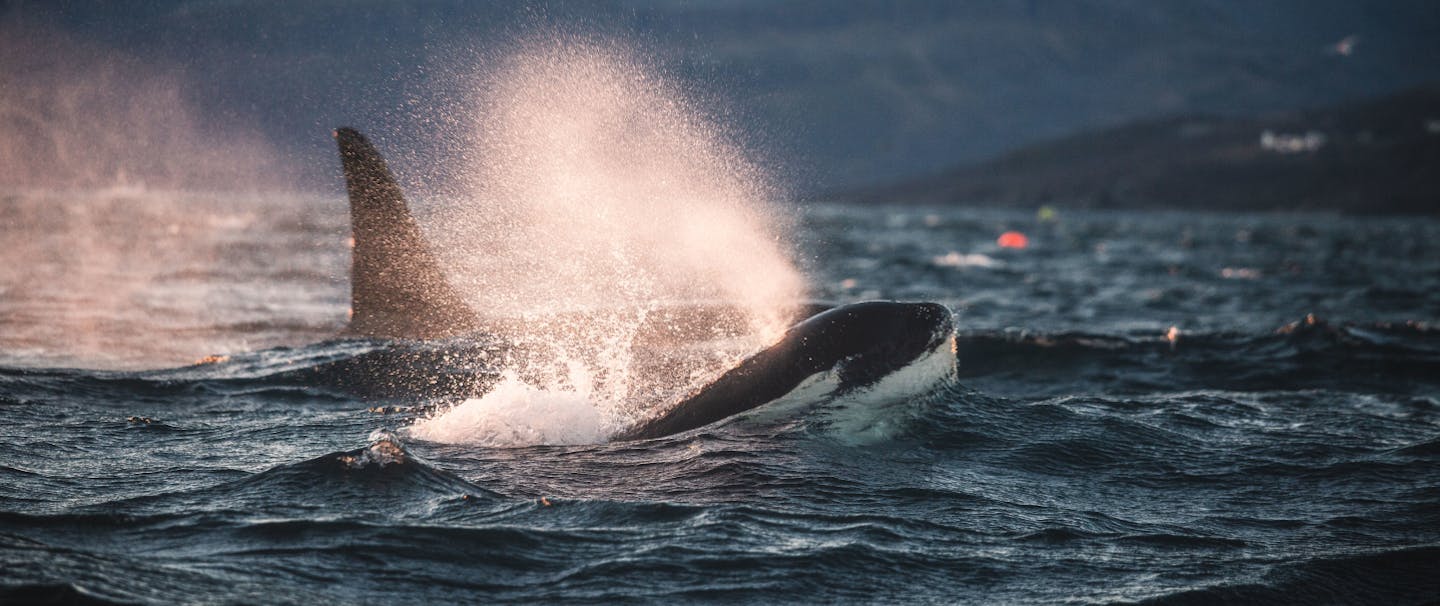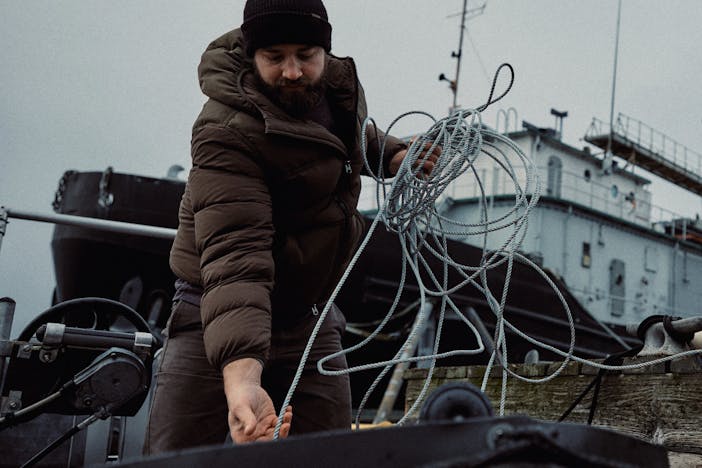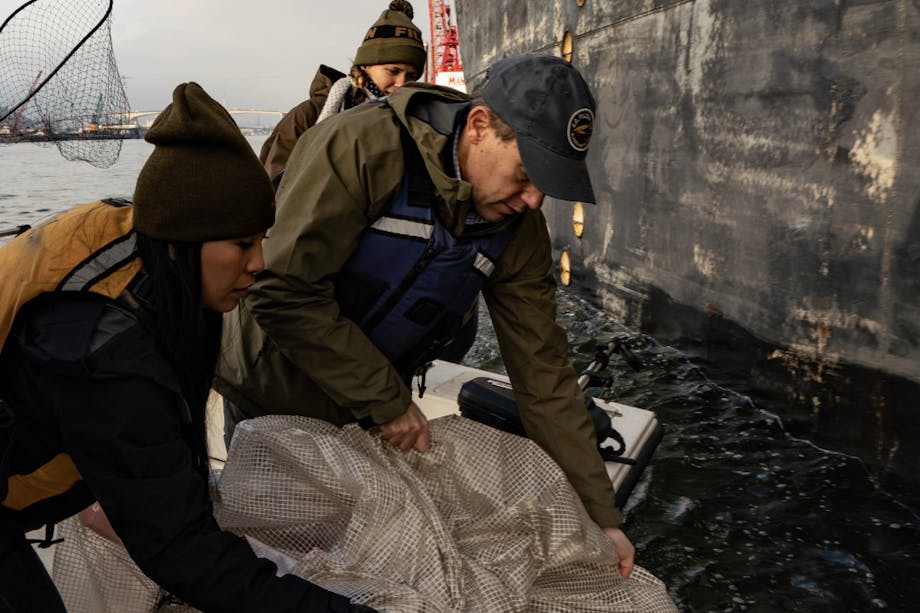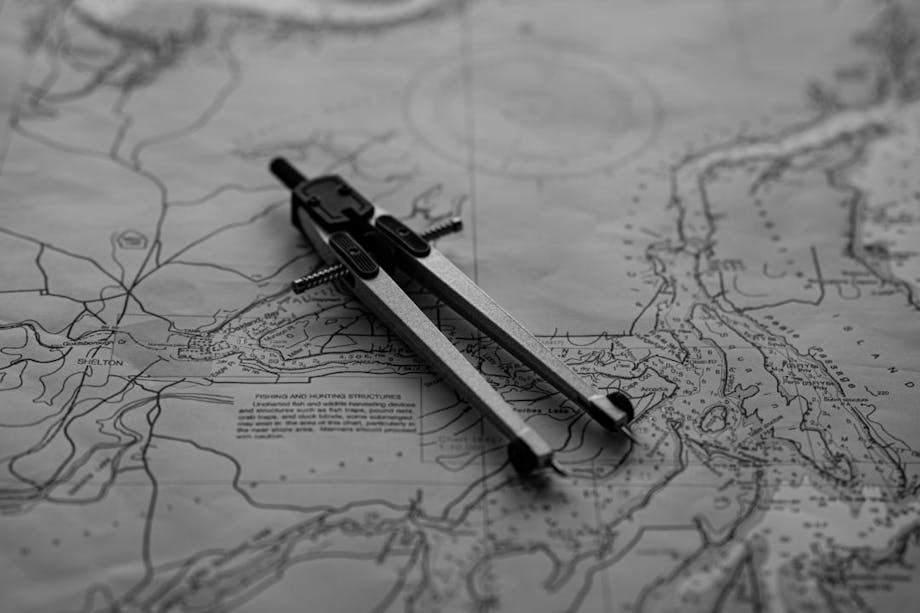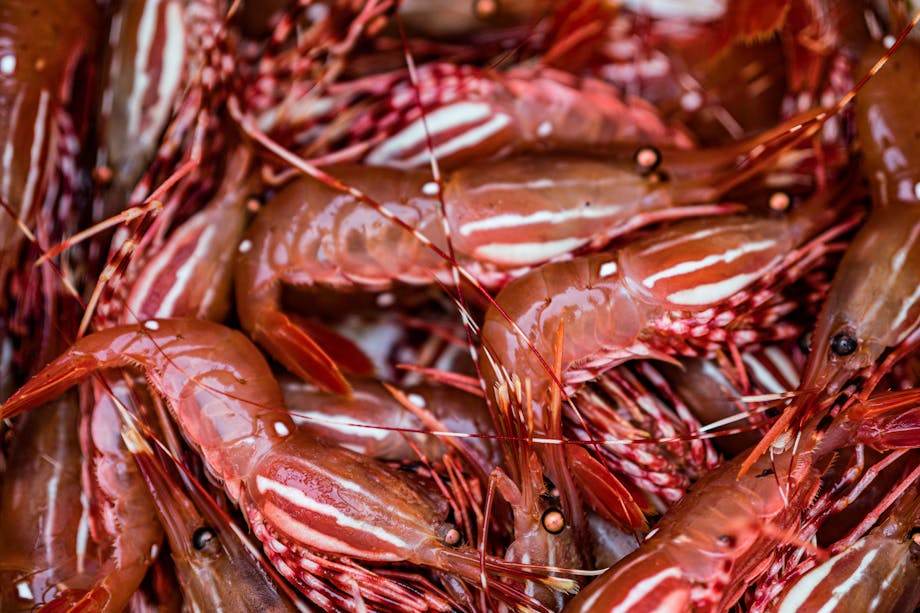Black fins sliced the water and rose higher and higher, close to our boat. With a puff and a blow, the orcas surfaced: members of J pod, the southern resident whales that frequent Puget Sound.
The whales blew mighty breaths. They are mammals,
like us.
Also called killer whales, the southern resident orcas that grace our waters are one of the region’s great gifts. For these whales, in the J, K, and L pods, are among nature’s most unique and intelligent animals. Only one other animal has a bigger brain for its size, and the orca brain is, in some ways, more sophisticated and complex than our own.
The southern residents are best understood as a society of stable family groups, organized along matrilineal lines.
Orca families stay together, with the young of both genders staying with their mothers for life. They never disperse at adulthood, a feature believed to be unique among mammals. Their family bonds are believed to be the strongest in any mammal on Earth.
Also very unusual is the role of the matriarch orca: the female whale past her reproductive years, who nonetheless continues to live on for decades, even into her 80s and older. There are very few female mammals on earth that do this—humans, and a few species of marine mammals. In orca families, matriarchs are the ones who know, from their vast ecological knowledge and experience, how to lead the pods to fish, particularly in lean years. They also share each fish they catch.
Also very unusual is the orcas’ ability to learn dialects unique to their family group. This ability for social learning of sounds is shared by humans and very few other mammals. The calls have a very important function, enabling orcas to communicate not only with their own family, but with whales from other families with different calls, among which they can choose mates. Language use, for resident orcas, protects against inbreeding.
While there is only one species of orca, there are multiple types, defined by their calls, social structure, territory, and especially what they eat.
You are what you eat is not as true for any other animal as it is for killer whales. Orcas are specialists everywhere they live, killing and eating only certain types of prey that their families have taught them is food.
In the northeastern Pacific, there are three types of killer whales, called residents. They exist in two populations, northern and southern. These whales specialize in eating fish, primarily salmon, and especially Chinook. It makes sense: the biggest, fattiest salmon in the sea, Chinook offer the most calories for the hunting effort.
Transient, or Bigg’s, killer whales also are common in our waters. While they look similar to resident orcas, their dorsal fins are slightly more triangular in shape, and they form smaller family groups than the residents. The biggest difference is diet. Transients are marine mammal eaters—they have never in more than 40 years of research been known to take a fish. Instead, seals are on the menu, as well as Pacific white-sided dolphins, harbor porpoise, sea lions, minke whales, and even gray whale calves.
The third type of orca in our region, and the least well known, are the offshores. These orcas live in the open ocean and it is their teeth that give away their specialized diet: sharks. The teeth of offshore whales eventually become filed down to the gum line by a lifetime of eating sharkskin, which is as rough to the touch as sandpaper.
The species names Orcinus orca means “from the land of the dead,” and with their conical interlocking teeth and hunting prowess, it’s a name they earn. Wherever they live, whatever they eat, orcas are the ocean’s top predator.

Photo provided by: Albert Bjørnerem
In the arctic, orcas hunt seals like a pack of wolves. They gang up together, making waves to rinse seals off ice floes, straight into their jaws. They storm the beaches of Argentina and snatch baby sea lions right off the beach. Orcas in Australian waters will T-bone a great white shark to get at its liver, and, off the coast of Norway, they stun herring by the thousands with a slap of their tail.
All orcas are powerful, fast, athletic animals, weighing up to six tons and traveling an average of 75 miles a day. Resident orcas can burst swim at 30 miles an hour, dive to hundreds of feet, and find a salmon in the dark with bullets of sounds shot from their heads.
The species names Orcinus orca means
“from the land of the dead,” and with their conical interlocking teeth and hunting prowess, it's a name they earn. Wherever they live, whatever they eat, orcas are the ocean’s top predator.
Perhaps the most famous orca in the world is Tahlequah: a mother southern resident whale who in 2018 evoked worldwide compassion when she carried her dead baby, who lived only half an hour, on her head for 17 days, and more than 1,000 miles. Her loss and grief sparked renewed concern and efforts to save the southern resident orcas. They are endangered by pollution, vessel and boat noise and disturbance, and lack of prey, especially salmon. There are only 73 left.
New initiatives are underway by governments and conservationists to bring salmon runs back to health, clean up our waters, and quiet boat traffic to take care of these animals, which are a signature of our region. It would not be the Pacific Northwest without them.

Photo provided by: Albert Bjørnerem
